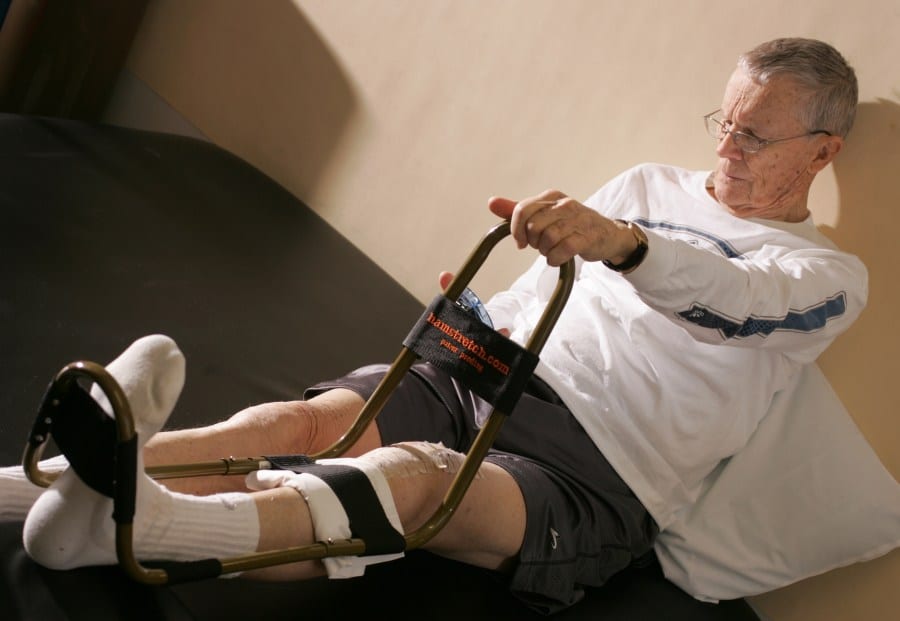Choosing to replace a joint is not a trivial decision to make. While it is considered to be a low risk surgery, there are some serious complications that can arise. When a joint is replaced, a surgeon removes the damaged joint or the damaged parts of the joint, and puts in a metal or plastic joint.
The risks are not only during the surgery, but after the surgery as well. It is important to make sure you are aware of all the possibilities, and what you need to be ready for in the event of an emergency. Many of these complications occur on rare occasions, depending on the person and their current health levels.
Joint replacements are usually done for the knee, shoulder or hip, and is completed by an orthopedic surgeon. A joint replacement is generally suggested if the joint pain actively interferes with how you want to live your life, or in the event that no other treatments have eased the pain.

What are the Risks and Benefits of Joint Replacement?
Each person who is considering joint replacement as a treatment must make sure they know for a fact that the pain is from the joint, and not muscle or nerve pains. A physician should give a thorough physical examination and ask questions to pinpoint the cause before even suggesting joint replacement. The main reason most people undergo this surgery for the pain relief, as simple as that. It also improves your joint’s ability to function.
On the other hand, complications might arise. For instance, and what is possibly the worst complication, is failure of the joint replacement. Failure can occur through a dislocation of the new joint, an increase of pain or decrease in the function of the joint or limb. One can develop an infection, either during or after the surgery. Those who have weak immune systems, heart conditions or poorly controlled diabetes are more vulnerable to the chances of these complications.
Some have the potential of developing blood clots after the surgery, generally within the two weeks that follow it. It is particularly common in knee implants. These clots can occur in the lungs, which is considered a pulmonary embolism, or in the legs, where it becomes known as deep vein thrombosis. Each can lead to their own complications, and cause issues to arise. It can lead to osteolysis, which is when a plastic or metal fragment is released from the replacement joint into the body, causing inflammation. Among the other risks that might arise include infections in the area, as well as stiffness, scarring, implant failure and hip dislocation.
It is possible that the joint may not work as well as some might expect. It will definitely require some rehabilitation, and many still do not regain their full range of motion for the new joint. While the replacement might cure the pain, it won’t completely repair the area. Many will notice that there is still stiffness in the area, and some difficulty in movement is to be expected, at least at first. Hence the requirement for rehabilitation.
Should I replace my damaged joints?
Many will advise that you decide based on a few particular things. It is definitely not appropriate if you are currently suffering from an infection, have a particular lack of bone structure in the area or the bone is too weak to support the artificial joint. However, the decision can be made with the help of a physician. If the pain is too great to bear, and no other treatments are helping to ease that pain, it might be the only solution to your problem. Many physicians prefer to put a hold on this type of procedure in favor of less invasive treatment methods. The best ways to know you need a replacement is through the symptoms of it. If the pain is constant or recurring, or you feel pain in the affected area, it might be time. You might feel you’re not able to be as active as you like, and that medications aren’t correcting the pain enough for you. If you feel particularly stiff from merely sitting in one position, and have difficulty moving your limbs, a joint replacement might be just the thing you need.
Joint replacement isn’t something to decide off the wall. You must consult with a physician to determine if the surgery is correct for you, as well as to find out if the joint is truly the cause of the pain.











